Civil Protection throughout history: from 1992 to 2020
From the establishment of the National Civil Protection Service to Covid-19
The birth of the National Civil Protection Service
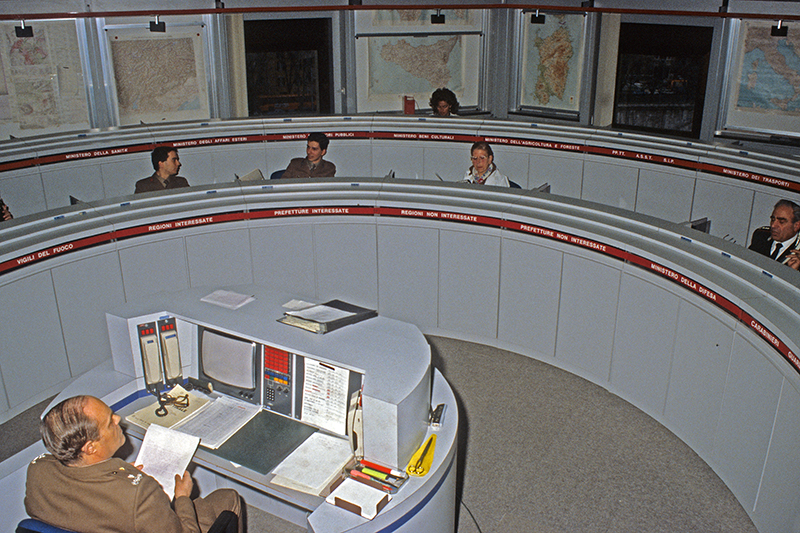
February 24, 1992. Law No. 225 establishes the National Civil Protection Service, which is responsible for "protecting the integrity of life, property, settlements and the environment from damage or the threat of damage resulting from natural disasters, catastrophes, and other calamitous events."
The Piedmont flood
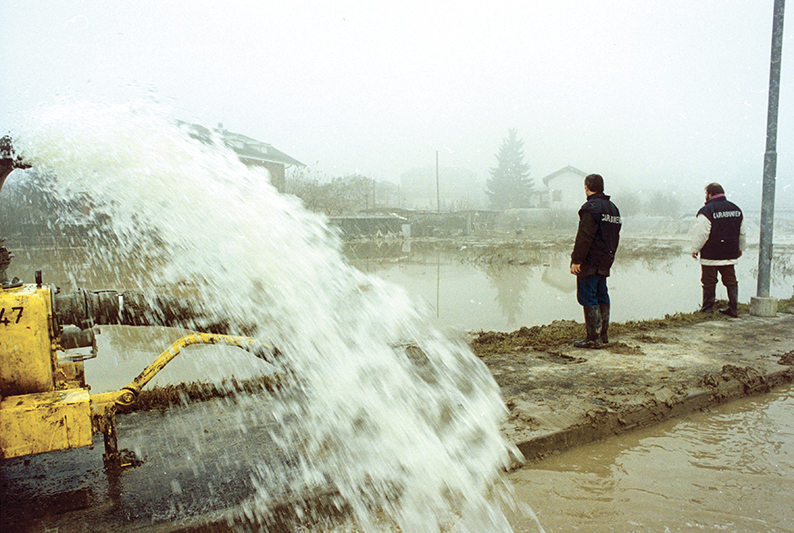
During the night of November 5th and 6th, 1994, a devastating flood strikes the provinces of Cuneo, Asti, and Alessandria along the Tanaro River and the Vercelli area along the Po River. In total, 68 people lose their lives, hundreds are injured, and numerous towns suffer damage and isolation.
The Umbria and Marche earthquake
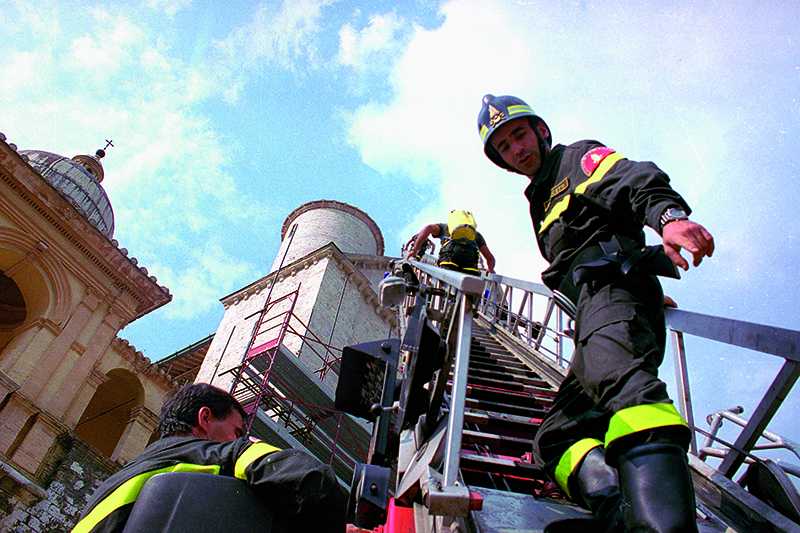
September 26, 1997. An earthquake of magnitude 5.7 strikes central Italy. It is the beginning of a seismic sequence that affects Umbria and Marche for months, with considerable damage and losses to the historical and artistic heritage.
Civil protection and subsidiarity
March 31, 1998. Legislative Decree No. 112 redefines the structure of civil protection, which is considered a subject of shared competence: regions and local authorities are responsible for all functions except for the "tasks of national relevance of the Civil Protection System."
The Sarno and Quindici flood

May 5, 1998. The Sarno emergency leads to a crucial change in the approach to hydrogeological risk, resulting in strengthened monitoring and surveillance efforts.
The birth of the Civil Protection Agency
July 30, 1999. Legislative Decree No. 300 transfers the Department's functions to the Civil Protection Agency, subject to the supervision of the Ministry of the Interior.
Major events and emergencies abroad
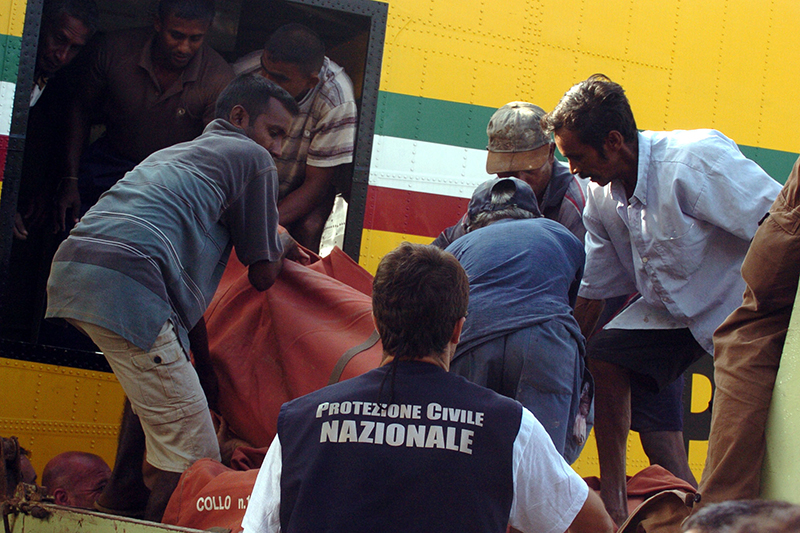
The laws of 2001 and 2005 restore the Department of Civil Protection within the Presidency of the Council of Ministers, assigning to it, among other responsibilities, major events and emergencies abroad.
The tragedy of San Giuliano di Puglia
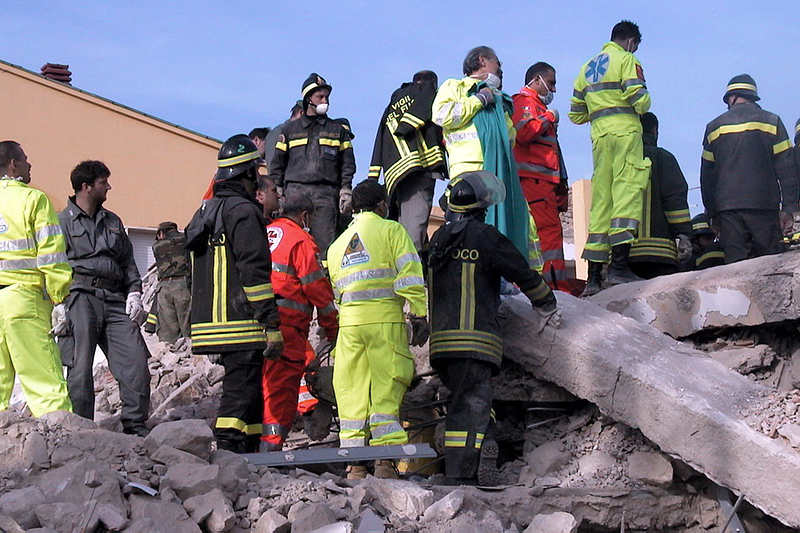
October 31, 2002. An earthquake with a magnitude of 5.7 hits Molise and parts of Puglia. At 11:32 a.m., the earth trembles, causing 30 deaths, about 100 injuries, and nearly 14,000 homeless. The worst-hit municipality is San Giuliano di Puglia, in the province of Campobasso, where the quake leads to the collapse of the "Francesco Jovine" nursery, elementary and secondary school.
The Stromboli tsunami
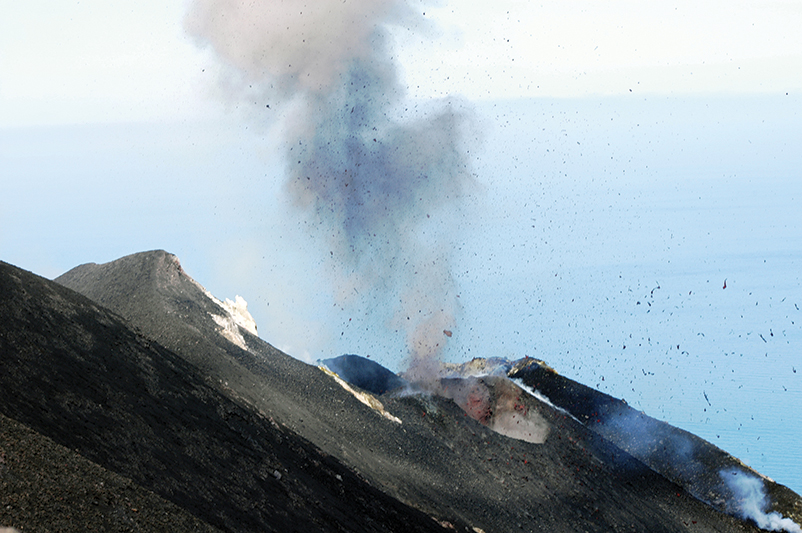
December 28, 2002. The Stromboli volcano begins an effusive activity that affects the Sciara del Fuoco and, two days later, generates a landslide of about 16 million cubic meters.
The Abruzzo earthquake

April 6, 2009. An earthquake with a magnitude of 6.3 hits the L'Aquila-Abruzzo area. This is the first time since the 1908 Calabria-Messina earthquake that a city is so severely affected by an earthquake.
The Genoa flood
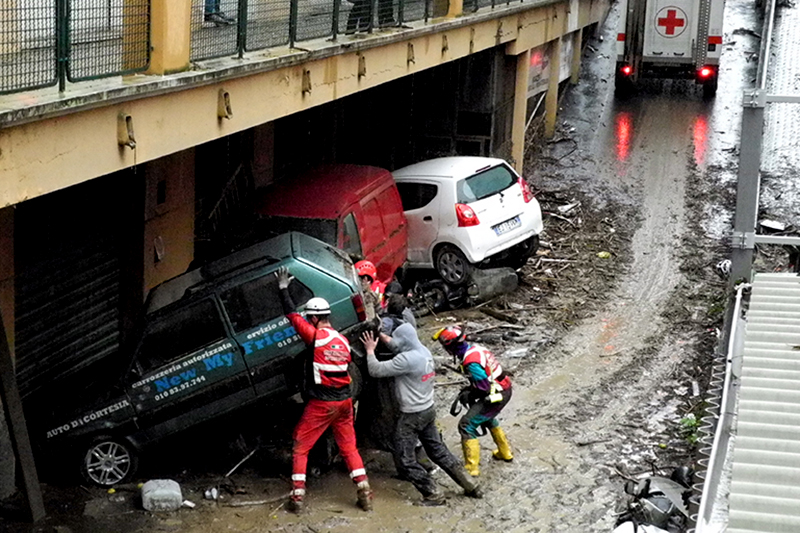
November 4, 2011. Near Mount Portofino, a storm system builds up and reaches Genoa by late morning. Rainfall mainly concentrates in Valle Sturla, Val Bisagno, and the eastern side of Val Polcevera.
The Costa Concordia shipwreck
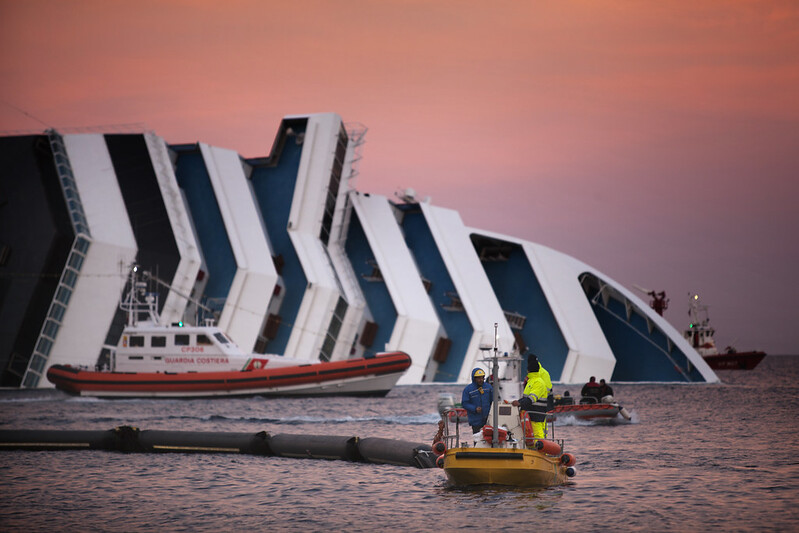
13 January 2012. The Costa Concordia cruise ship, carrying more than 4,000 people on board, begins to take on water after colliding with "Le Scole" rocks and tilts near the island of Giglio.
The earthquake in Northern Italy
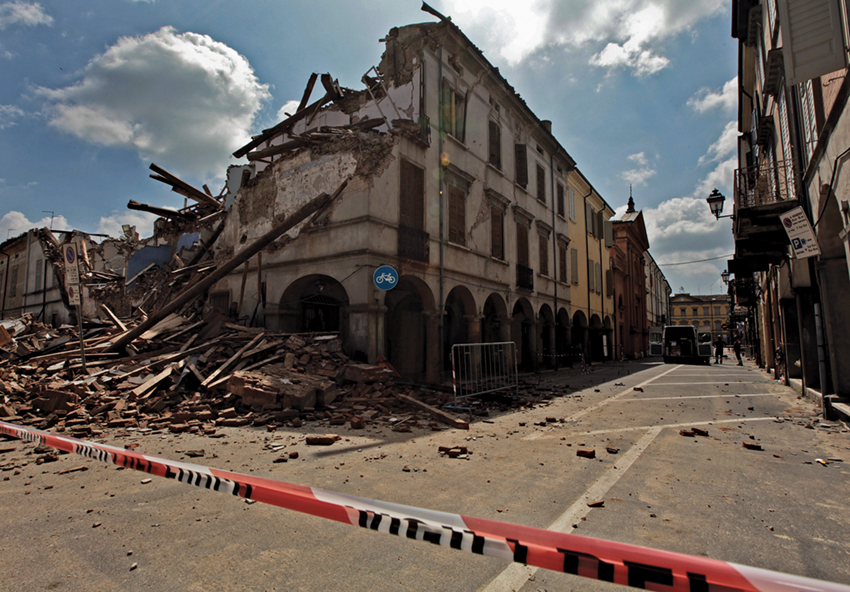
20 - 29 May 2012. Earthquakes hit the North of Italy, affecting production activities and cultural heritage.
The National Service reform
July 12, 2012. Law No. 100 reforms the National Service 20 years after its birth.
The earthquake in Central Italy
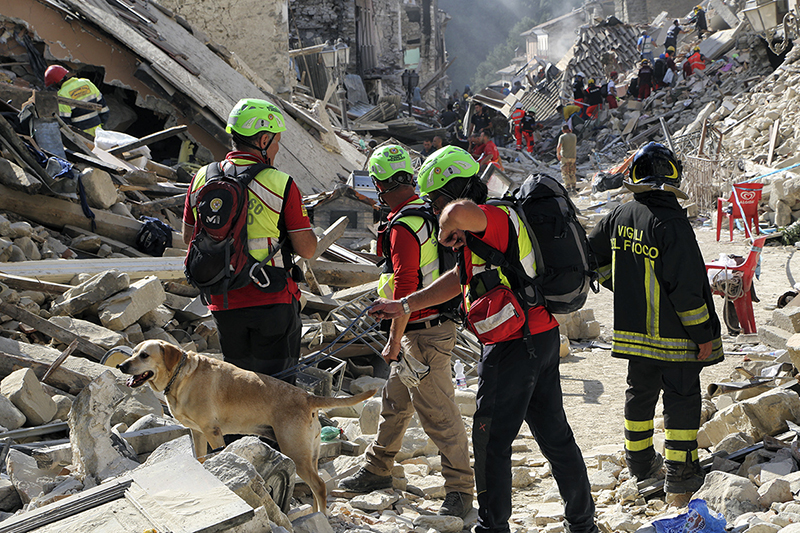
August 24, 2016. An earthquake of magnitude 6.0 hits Abruzzo, Lazio, Marche and Umbria. The event affects thousands of people and has serious consequences in terms of victims, injuries and damage to the territory.
The Civil Protection Code
January 2, 2018. Legislative Decree No. 1 restates a multicentric National Service model that promotes smooth, effective, and prompt operations.
The Covid-19 pandemic
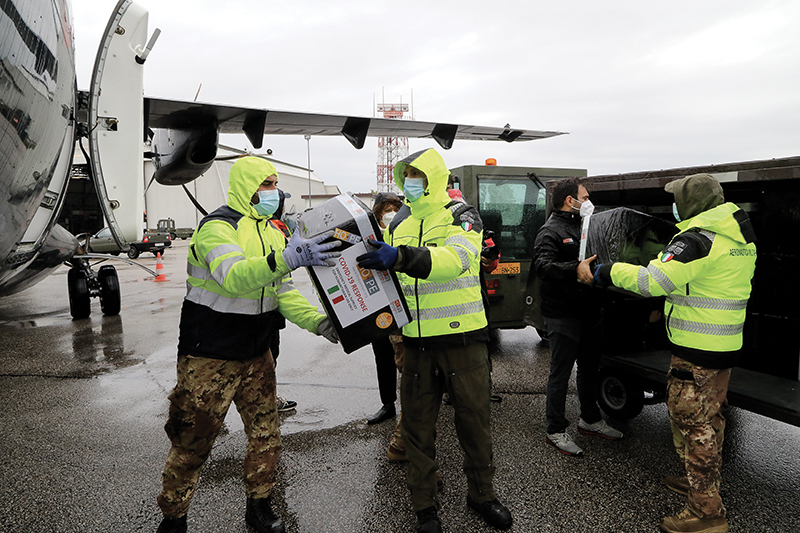
January 31, 2020. A state of emergency is declared to deal with the health risks related to the spread of Covid-19.